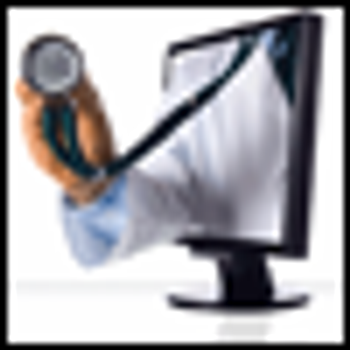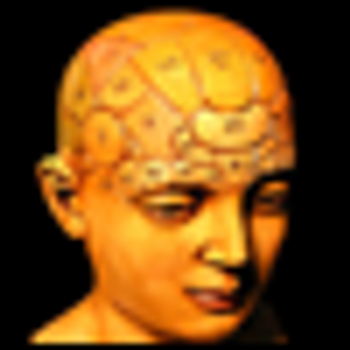
Researchers have found evidence that the placebo effect is not all “in your mind.” This study, recently published in Science, suggests that the spinal column-specifically, the dorsal horn-may be involved in blocking pain after placebo has been administered. Eippert and colleagues1 examined pain reactions in 13 young, healthy men (21 to 30 years old) after applying 2 types of cream on their forearms. The participants were told that one cream was a highly effective analgesic (“lidocaine”) and the other was a control cream. In reality, both creams were identical and pharmacologically inactive; the one labeled lidocaine was used to measure the placebo response.


